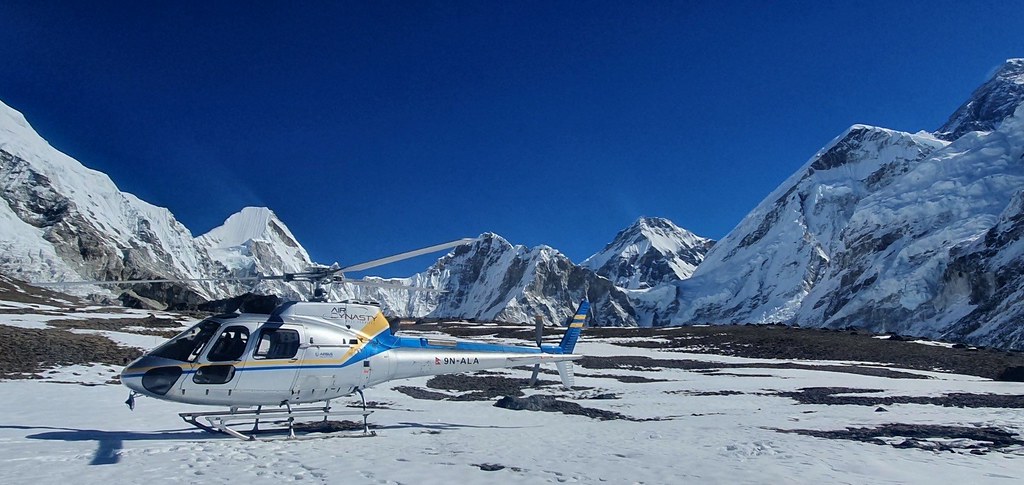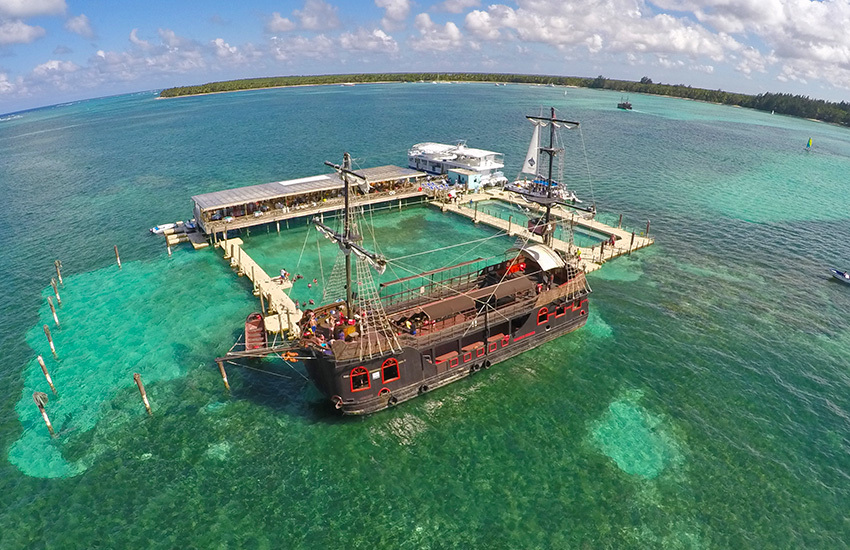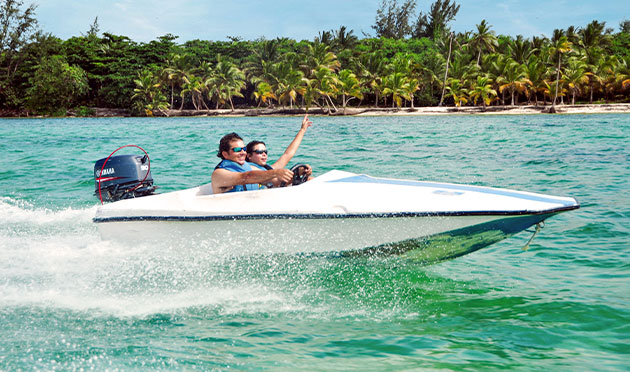Few Problems You May Face During The Everest Base Camp Trek

During the Everest Base Camp Trek, you may face a few problems which can make your journey difficult. These include altitude sickness, cold weather, and dehydration.
These problems can be avoided by following a few tips. These tips will help you complete your trek safely and successfully.
1. Altitude Sickness
Altitude sickness, also known as mountain sickness, is a common problem that trekkers face when they climb higher than their normal altitude. It is a condition that can be dangerous for some people and can even cause death.
Acute mountain sickness (AMS) occurs when you ascend to a high elevation quickly without enough time for your body to acclimatize. It can happen to anyone – even people who are normally fit and healthy.
Symptoms can begin within hours after you have reached your new altitude, and may include headache, insomnia, dizziness, nausea, loss of appetite, and irritability. It usually gets better after a few days of rest.
If you are experiencing AMS, it is important to stop climbing and rest until your symptoms clear up. This will help you avoid more serious problems like high altitude pulmonary edema or high altitude cerebral edema, which can be life-threatening.
2. Digestion Problems
The Everest Base Camp Trek is a high-energy activity that requires you to walk 4 to 6 hours per day for 12 days. It is not a technical climb and you will be accompanied by porters to carry your gear and to give you help with lodging, navigation, advice, taking photos, etc.
Digestion problems are common in trekking due to bacteria causing infection, and you will need to drink safe water throughout the trek. Also, eat only vegetarian meals to reduce the risk of food poisoning.
Be aware of the trail, it is often narrow with sheer cliffs and animals. Listen for the bells of passing yaks or donkeys and stand to the inside side of the trail where you cannot be knocked off.
3. Cold Weather
The weather in Nepal can change rapidly, and even a pleasant day can quickly turn sour.
This is especially true of the Everest Base Camp Trek With Helicopter Return, which often sees strong winds in winter. Wind speeds can get up to 30 kmph, as they did in 2019, and these are particularly bad along the temperate part of the EBC route during this time.
It is best to avoid trekking in winter. The snow can cover trails and make them difficult to navigate, and some lodges shut down due to the lower temperatures.
4. Dehydration
Dehydration is a very common problem for trekkers during the Everest Base Camp Trek. This is because we lose water faster at high altitudes, which makes it difficult to stay hydrated.
This is why it’s important to drink plenty of water and fluids during the trek. If you don’t, you run the risk of becoming dehydrated and potentially suffering from altitude sickness or other health issues.
Fortunately, many of these problems can be avoided if you follow a few basic trekking tips.
- Heatstroke
The Everest Base Camp Trek is an incredibly challenging adventure that requires a decent degree of fitness. It also involves a good degree of discomfort, including incredibly cold nights and certain mental challenges.
You can get heatstroke at altitude if you don’t adapt to the high temperatures or if you become dehydrated or frail. It’s a very serious condition that can lead to death, so be careful and make sure to rest, drink plenty of water, and adjust your schedule accordingly!
The trek to Everest Base Camp is a popular route that sees many hikers from around the world. This can be a great experience, but it’s important to prepare yourself mentally and physically before you start your journey.





